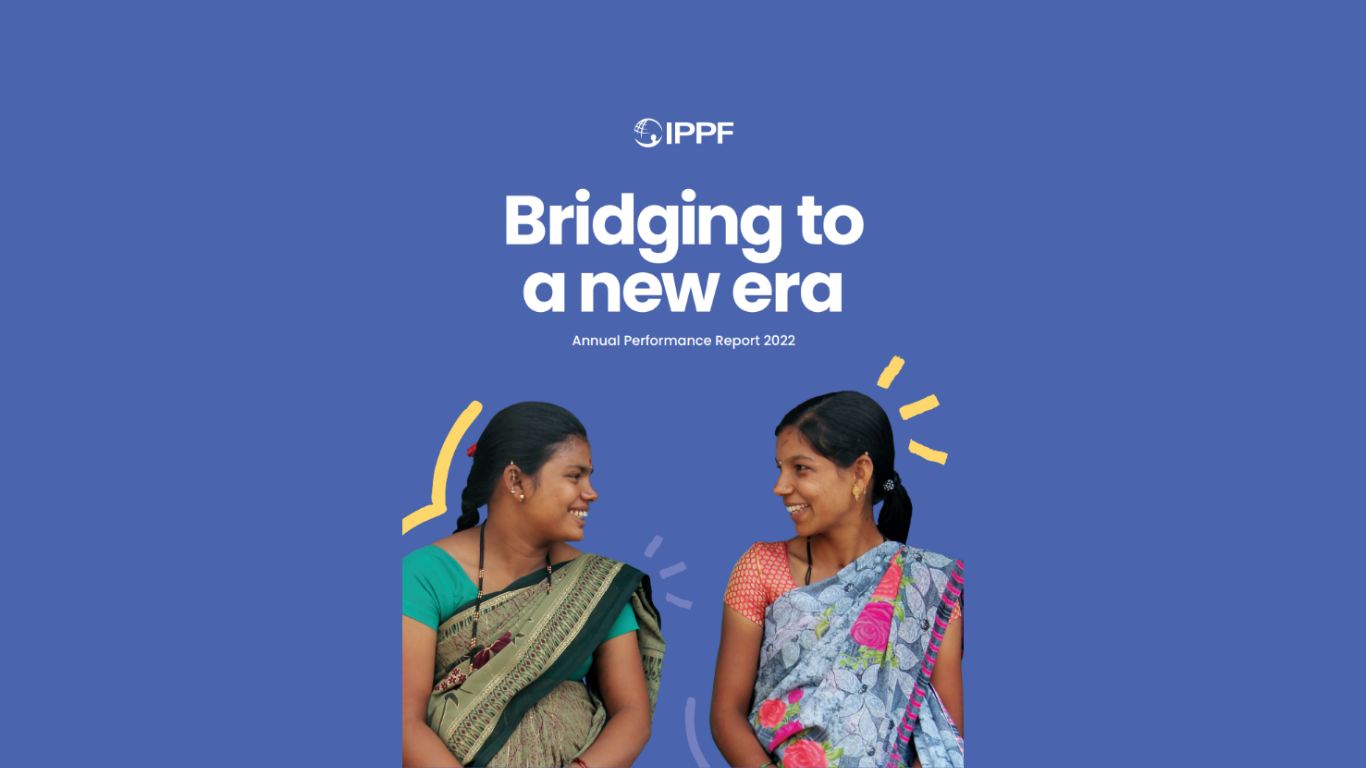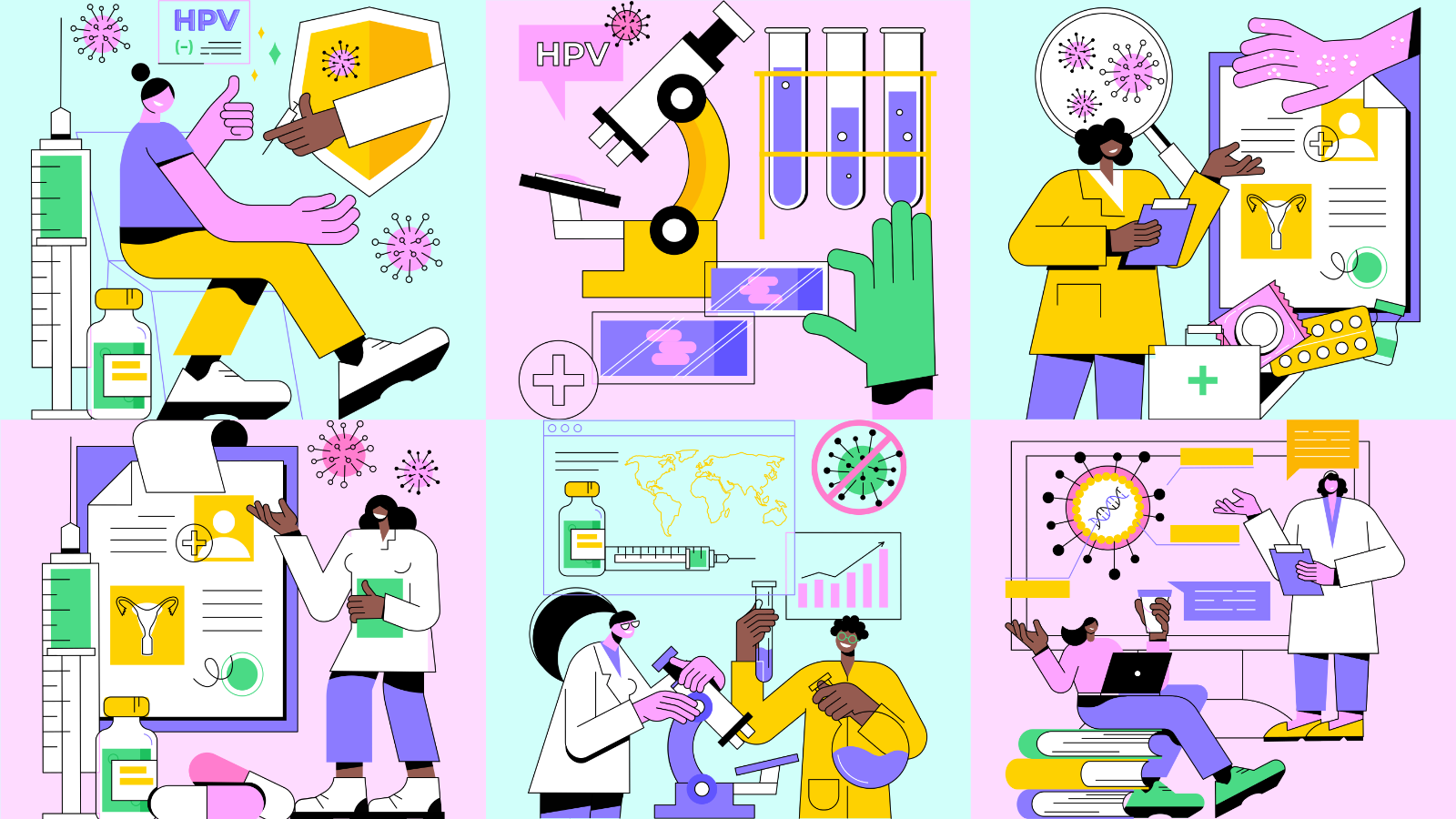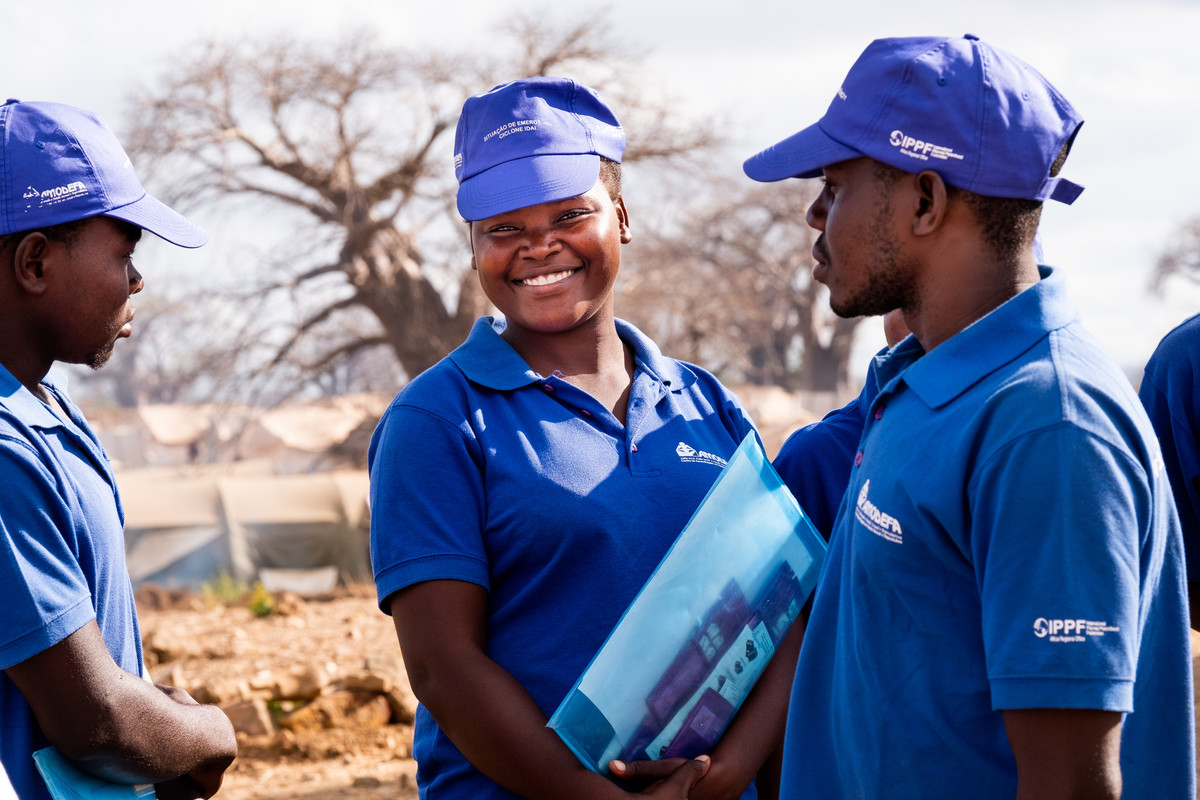Spotlight
A selection of resources from across the Federation
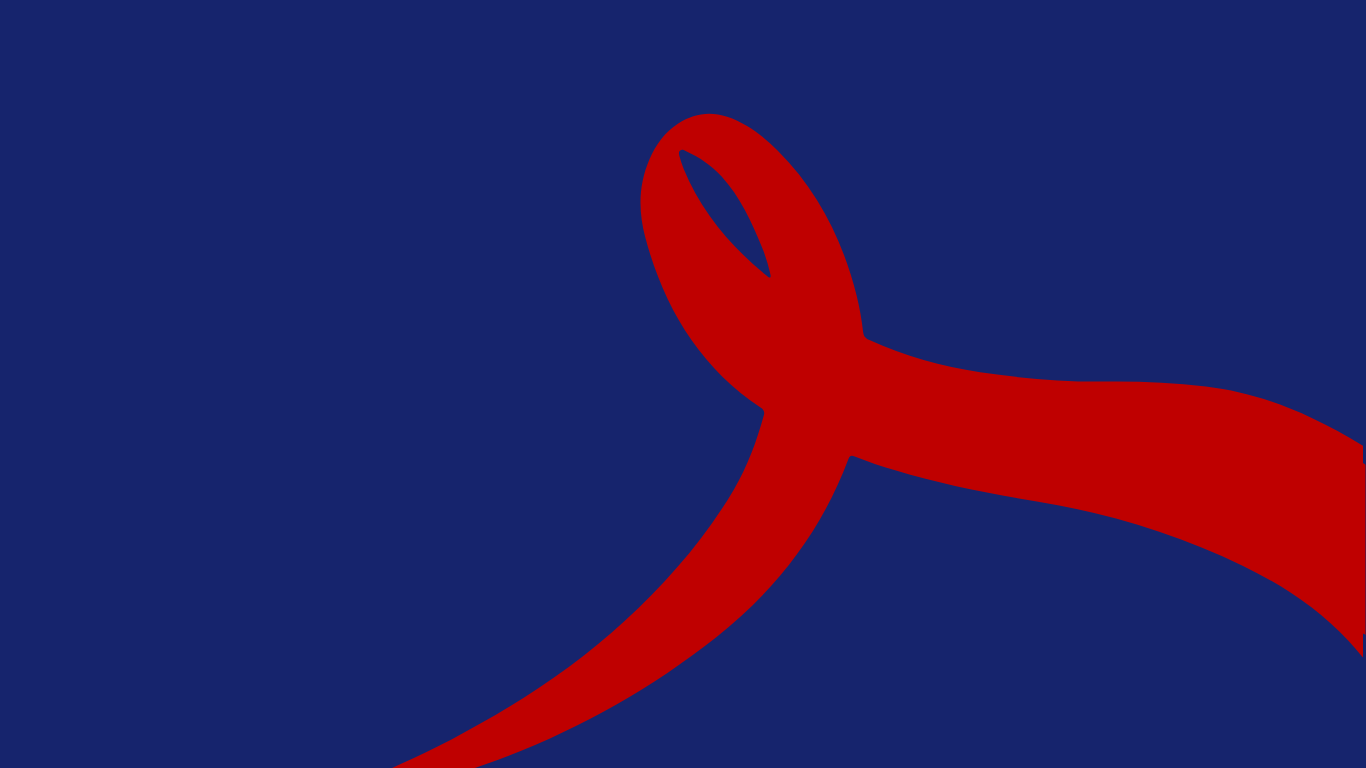
HIV Theory of Change
Our HIV Theory of Change is to clarify the goals and vision of IPPF’s HIV programme and to articulate the different pathways and strategies IPPF uses to contribute towards its HIV goals and vision.
Filter our resources by:
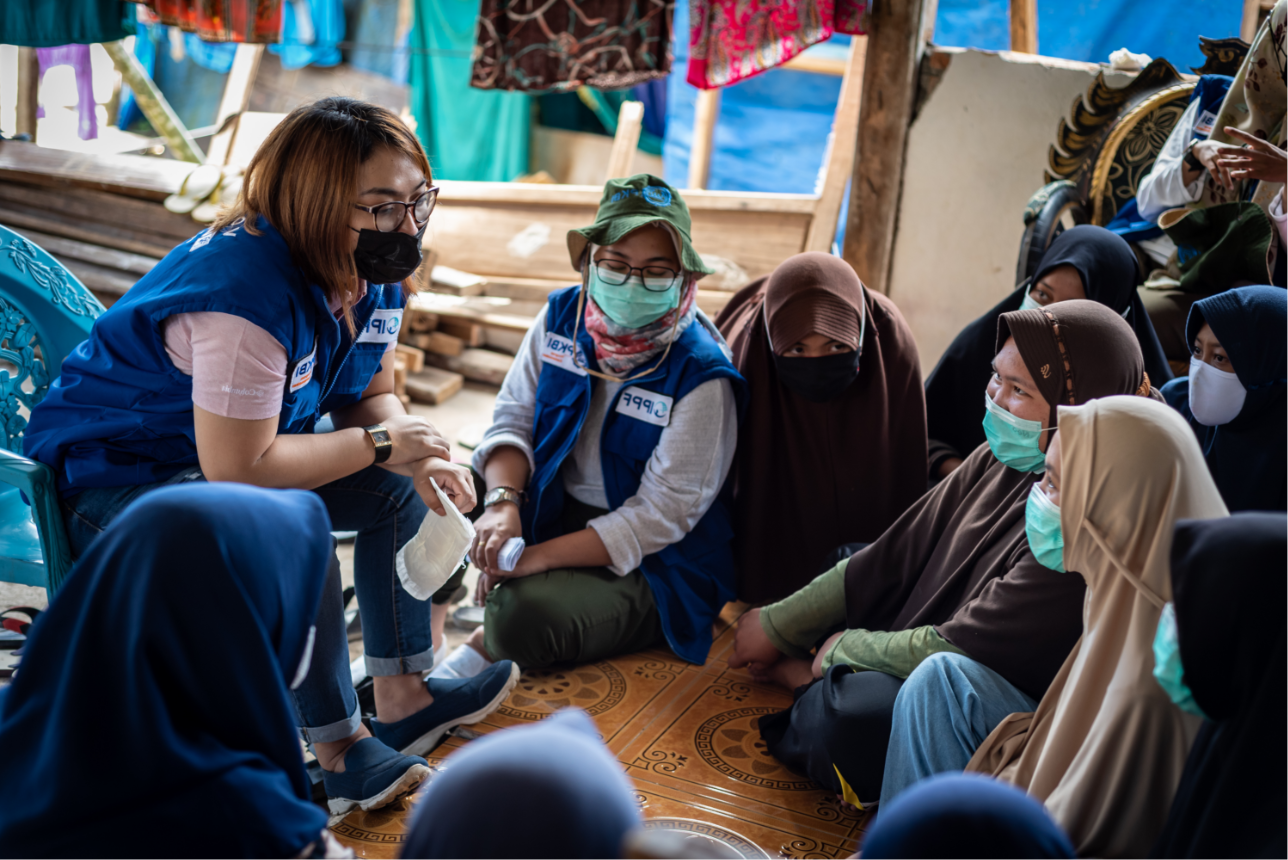
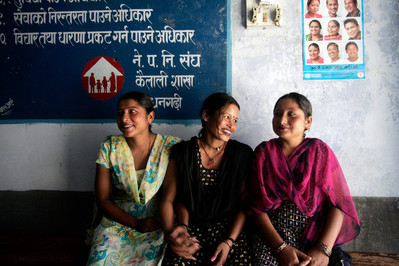
| 09 January 2016
Family Planning Report 2016
IPPF is committed to expanding access to, and increasing methods of, family planning. This includes universal access to contraception. In our approach we are dedicated to increasing new users, being youth centred and reaching the under-served.

| 08 December 2015
Macedonia: Engaging champions and mobilizing civil society for women’s rights
Since 2008, the government of Macedonia has invested millions in an anti-abortion campaign. In 2013, this culminated in a new law restricting women’s access to abortion. The Macedonian IPPF Member Association (XEPA) led civil society advocacy to demand the restoration of women’s right to abortion.

| 02 December 2015
IMAP Statement on hormone therapy for transgender people
This Statement has been prepared by the International Medical Advisory Panel (IMAP) and was approved in October 2015. This ‘Statement on Hormone Therapy for Transgender People’ complements and builds on earlier IMAP Statements, including ‘Sexual Rights and Sexual Health Services’ and ‘Sexual Health and Rights of Adolescents and Young People’. In the former Statement, IPPF explicitly explored the sexual rights and sexual health of people who are lesbian, gay, bisexual, transgender and intersex, and described how to provide the non‑discriminatory and essential health services required by these populations.

| 02 December 2015
IMAP Statement on the elimination of female genital mutilation
This Statement has been prepared by the International Medical Advisory Panel (IMAP) and was approved in June 2015. Female genital mutilation (FGM) is an umbrella term that includes all procedures that involve partial or total removal of the external female genitalia, or other injury to the female genital organs, for non‑medical reasons. Female genital mutilation violates a number of well‑established human rights principles, norms and standards, including the principles of equality and non‑discrimination on the basis of sex, gender, the right to bodily integrity, the right to life (because the procedure can result in death), and the right to the highest attainable standard of physical and mental health. Female genital mutilation has no health benefits, it is harmful to the health of women and girls, it violates women’s human rights and every effort should be made to eradicate the practice.
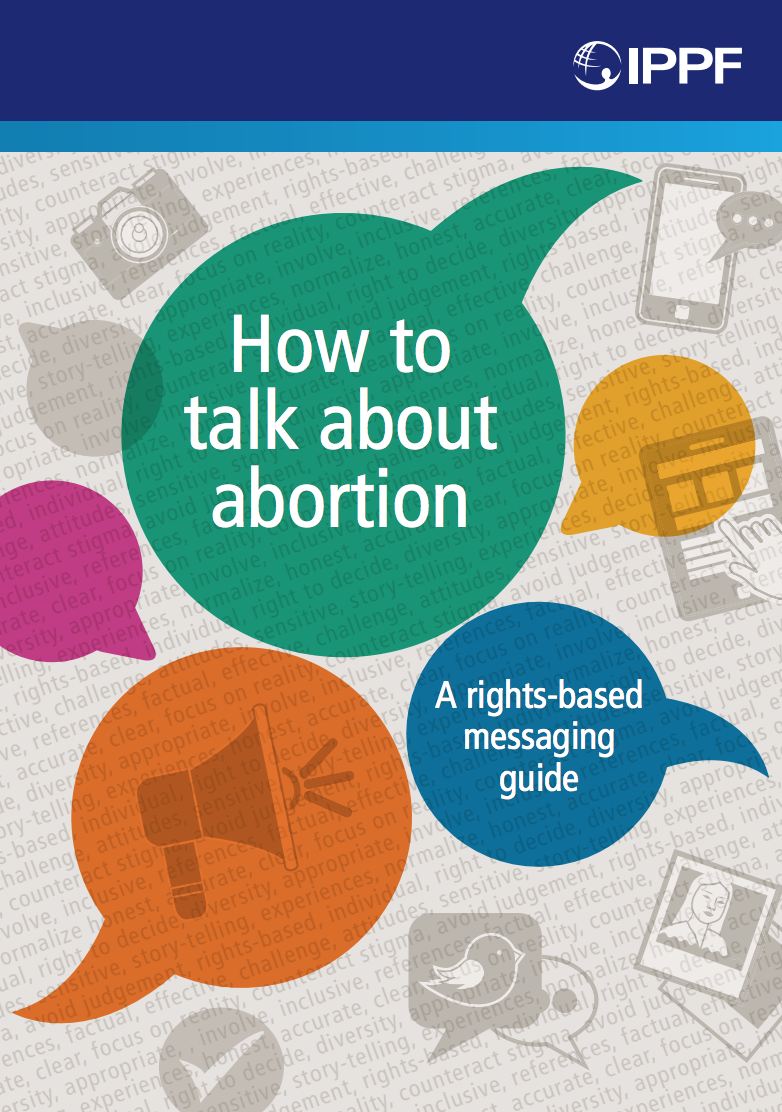
| 20 November 2015
How to talk about abortion: A guide to stigma-free messaging
How to talk about abortion: A guide to stigma-free messaging (updated April 2023) provides useful tips and advice on what to consider when developing materials relating to abortion. The content includes examples of positive, rights-based messages, and how to avoid using stigmatizing language and images. This guide can be used by educators, advocates, programmers, health professionals and policy makers, among others, to help inform the development of a wide range of communication materials. Learn more in this short video (also available in French and Spanish).
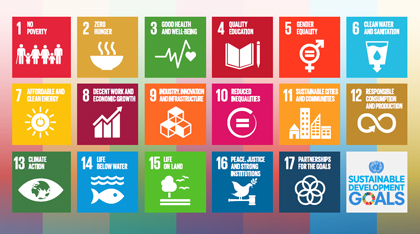
| 18 November 2015
Sustainable Development Goals: A SRHR CSO guide for national implementation
The Sustainable Development Goals (SDGs) are a framework of 17 goals and 169 targets across social, economic and environmental areas of sustainable development, which United Nations (UN) Member States have committed to making a reality over the next 15 years. The SDGs are to succeed the Millennium Development Goals (MDGs), which expire at the end of 2015, but are much broader in their scope. Unlike the MDGs, which were focussed on social issues, the SDGs set out targets across all three dimensions – social, economic and environmental – of sustainable development. Furthermore, while the MDGs were targeted at developing countries, the SDGs are applicable to all countries. The SDGs form part of the 2030 Agenda for Sustainable Development which UN Member States adopted at the UN Sustainable Development Summit in September 2015. The adoption of the Agenda is the culmination of a lengthy process of intergovernmental negotiations and consultations that lasted nearly three years. The outcome document of the process, ‘Transforming Our World: The 2030 Agenda for Sustainable Development’, consists of a short preamble, a declaration (outlining the vision and principles underlying the Agenda), the SDGs and accompanying targets, as well as sections on the means of implementation and the follow-up and review of the Agenda. The 2030 Agenda is an important political consensus document declaring UN Member States’ intent to work collectively towards achieving people-centred sustainable development over the next 15 years. The 2030 Agenda can be expected to affect the policy and funding priorities of both implementing governments and donors during this time, leading to a channelling of global development funding to the areas reflected in the goals and targets and influencing national development strategies and programming. This will present important opportunities for both advocates and service providers of sexual and reproductive health and rights (SRHR).











